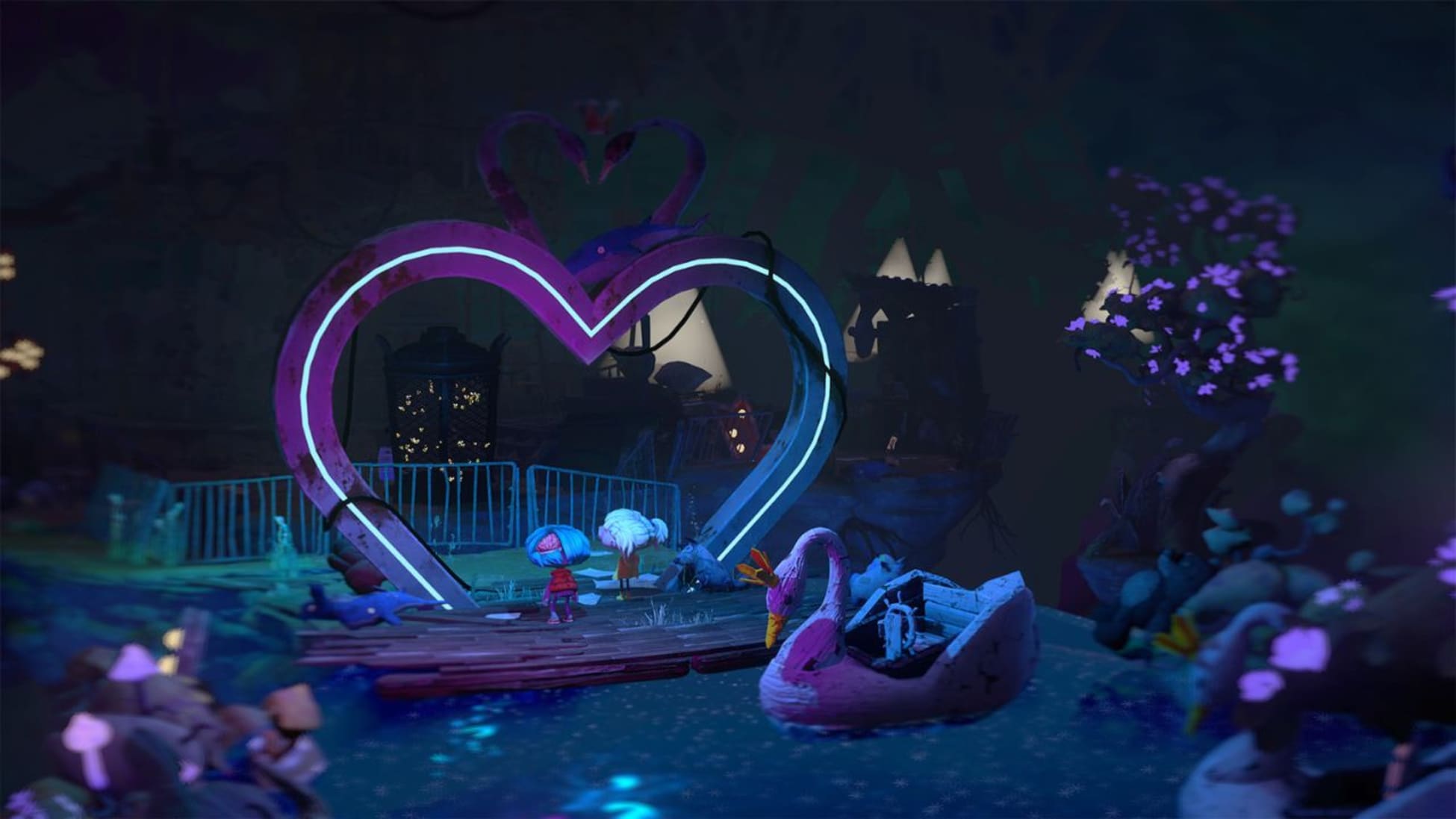Wizardry: Proving Grounds of the Mad Overlord Review – Review

Once more unto the maze.
When Wizardry: Proving Grounds of the Mad Overlord released for the Apple II back in 1981, it became a primary influence in the creation of RPGs as a genre of video games. Alongside Akalabeth (released in 1979), Wizardry was one of the earliest attempts to convert the pen and paper gameplay of Dungeons & Dragons into a video game. It is generally credited with being the first party-based RPG ever made, and alongside the Ultima series, it would go on to inspire games like Dragon Quest and Final Fantasy. As a western RPG fan, Dungeons & Dragons fan, and just a fan of weirdly ambitious games of the past, I’m ashamed to say that I’d never played Wizardry. So I was curious if this updated version from Digital Eclipse would hold up for me in 2024.
Wizardry is a first-person dungeon crawler (another sub-genre of RPG that it helped originate). You control a party of six characters that you can either custom build, or recruit from randomly generated presets. You’ll spend most of your time exploring and mapping a large multi-floor dungeon. Throughout the dungeon you’ll look for secrets and loot, and engage in turn-based combat via random encounters. Combat is based around the basic idea of having three melee fighters up front, supported by three magic users in the back. You can alter this formation but it is generally a good idea to stick with this basic layout. Beyond attacking, characters can also investigate their opponent to attempt to learn more about them. Learning about your opponent can reveal their weaknesses, resistances, and additional stat information.
You’ll want to periodically make your way back out of the dungeon and to the surrounding village to heal and resupply. Here you’ll find a shop for purchasing and selling items, an inn to heal and level up, a temple to revive downed party members, and various facilities for creating and recruiting party members. This was all represented as a text based menu in the original game, but here you get actual buildings to select with dedicated UI elements for each one.
This modern version of Wizardry has been updated in almost every way. The dungeon, in which you’ll spend most of your time, has been rebuilt in true 3D as opposed to the simple line drawings of the original version. A variety of quality of life options have been added to slightly alter the way the game plays. However, I feel it is worth noting that none of these options would constitute any sort of easy mode. You can’t make enemies easier, or make yourself invincible. Though elements have been modernized, at its core that underlying difficulty balance has remained. And much of that is because deep down, this version of Wizardry is running on the same source code as the original. To the extent that you have the option at any point, to see the game exactly as it was running alongside the modern version. I tended to leave this in a small window off to the side as constantly having that point of comparison is fascinating.
The RPG systems borrow heavily from first edition Dungeons & Dragons. This is the biggest hurdle that yet remains in Wizardry: understanding how to play it. Even this updated version doesn’t really give you a rulebook for how things work. Even my existing experience with Dungeons & Dragons couldn’t help me with everything as core mechanics of the game were very different in that first edition. For example, in Wizardry, like 1st Edition Dungeons & Dragons, the lower your armor rating, the better your armor is. While pretty counterintuitive to any modern RPG, that’s how Dungeons & Dragons did it up until 3rd Edition so that’s how Wizardry does it, too. The rules aren’t terribly complicated, but there are times where age has rendered them somewhat counterintuitive for a modern player, and this version doesn’t offer any help in that department. Don’t feel like a fraud if you need to search the internet for how these mechanics work.
Your enjoyment of Wizardry in 2024 is going to depend a lot on the amount you’re willing to put into it. I quickly became obsessed with taking a quick run into a new corner of the dungeon every night before going to bed. But a lot of that was built on an existing interest in old western RPGs, an understanding of Dungeons & Dragons mechanics, and a willingness to look up the older rules. The game itself isn’t really interested in helping you with any of that. Instead, they’ve made some smart adjustments to smooth out some of the aging gameplay while still staying very true to the original. It is also worth noting that every quality-of-life change can be toggled on or off, so if you want this to play exactly like it did in 1981, that is an option. You can even swap to the dungeon layouts from the later console ports. This is an extremely faithful update of an important game. And if you’re willing to give it the opportunity, you find it is just as addictive today as it was forty years ago.



